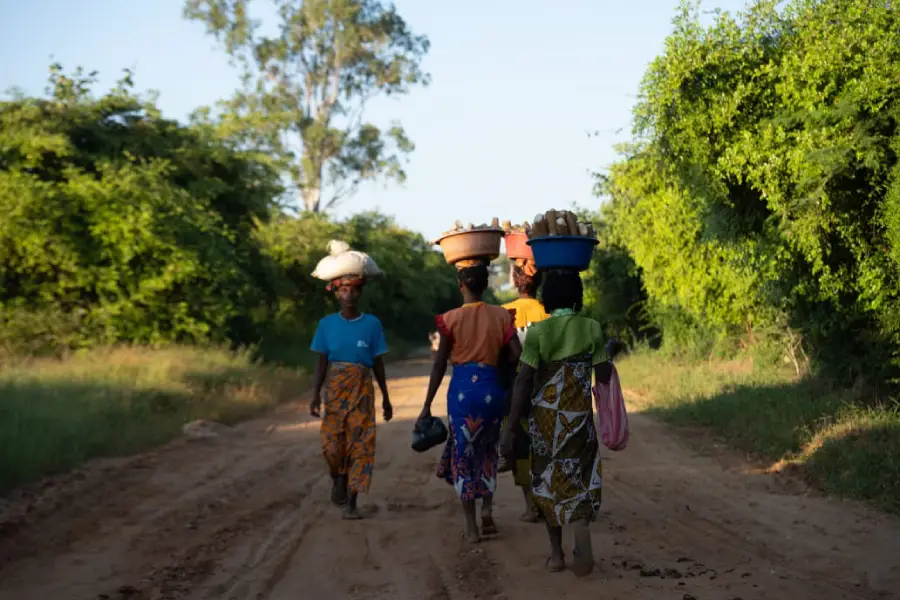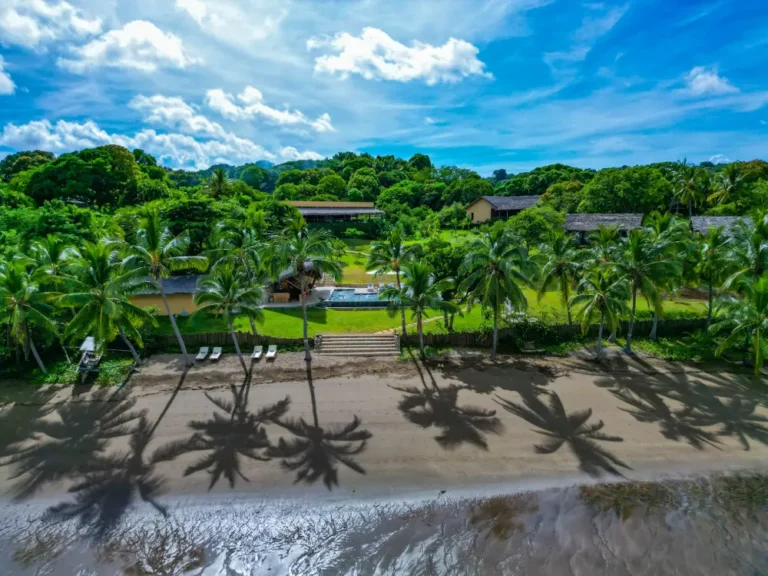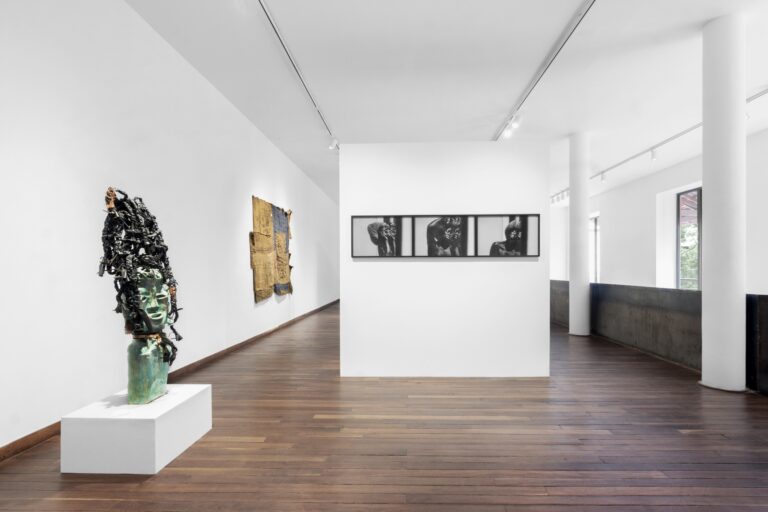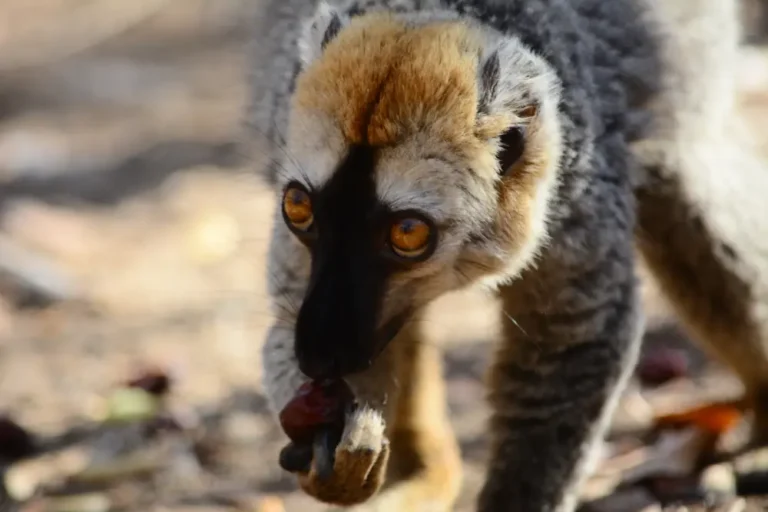The Sakalava of Menabe are one of the major ethnic groups of western Madagascar. Heirs to an ancient kingdom that deeply shaped the island’s history, they carry a rich royal legacy and a highly structured social organization. Their origins date back to the late 17th century, when the Maroserana princes established their authority along the western coast. Over time, their kingdom expanded and eventually formed two main entities: Menabe in the south, centered around the Morondava region and the Tsiribihina Valley, and Boina in the north.
Menabe quickly became the heart of Sakalava power. The Tsiribihina Valley, fertile due to seasonal flooding, played a key role in the region’s economic and social development. However, this dominance did not last forever. From the 18th century onward, the Sakalava faced pressure from the expanding Merina kingdom of the central highlands, followed by French colonization at the end of the 19th century. Despite this, some areas, like the Tsiribihina Valley, maintained a degree of autonomy and continued to assert Sakalava identity.
Menabe society rested on two main foundations: a kinship system based on clans involved in cattle herding, and a political structure centered on a traditional monarchy descended from the conquering Maroserafia lineage. Cattle breeding was the dominant form of production, often combined with agricultural and pastoral activities adapted to the local environment. This structure was shaken by European colonization. However, many deeply rooted practices adapted to the economic and political changes of the 20th century.
Even today, the Sakalava of Menabe remain deeply committed to preserving their customs. Their cultural identity, shaped by a prestigious royal past, continues to influence local social and territorial dynamics. Contemporary studies of this micro-region highlight the community’s resilience and its capacity to adapt in the face of significant upheavals.
In short, the Sakalava of Menabe represent a living memory of Madagascar’s monarchical past. Their history, marked by grandeur, resistance and transformation, reveals a strong identity that is rooted in tradition yet constantly evolving with the modern world.






